A beginner's guide to extracting liquid gold from your backyard.
Honey harvesting is one of the most rewarding aspects of beekeeping. After months of caring for your bees and watching them pollinate your flowers and crops, you get to enjoy the fruits of their labor: sweet, natural, and delicious honey. But how do you get the honey from the hive to your jar? Here are some basic steps to follow for a successful honey harvest.
Step 1: Prepare your equipment
Before you approach your hive, make sure you have all the necessary equipment ready. You will need:
 |
|||
Step 2: Choose the right time and place
The best time to harvest honey is when the weather is warm and dry, and the nectar flow is over. This is usually in late summer or early fall, depending on your location and climate. You want to avoid harvesting honey when it is cold, rainy, or windy, as this will stress the bees and make them more defensive. You also want to avoid harvesting honey when there is still a lot of nectar available, as this will reduce the amount of honey the bees can store for the winter.
The best place to harvest honey is away from your hive, preferably indoors or in a shaded area. This will prevent the bees from following you and trying to rob the honey back. You can also use a bee escape board or a fume board to clear the bees from the honey supers before you remove them from the hive. A bee escape board is a device that allows the bees to exit the honey super but not return, while a fume board is a device that emits a repellent odor that drives the bees away from the honey super. Both of these methods require some time and planning, so you may want to install them a day or two before you plan to harvest.
Step 3: Remove the frames and extract the honey
Once you have your equipment ready and your bees cleared, you can start removing the frames from the honey supers. You only want to harvest the frames that are fully capped, meaning that the cells are sealed with wax. This indicates that the honey is ripe and has the right moisture content. You can use your hive tool to cut or scrape off the wax cappings and expose the honey. You can save the wax for later use or discard it.
After you have uncapped the frames, you can place them in the honey extractor. A honey extractor is a device that uses centrifugal force to spin the honey out of the frames. There are different types and sizes of honey extractors, but they all work on the same principle. You can either use a manual or an electric extractor, depending on your preference and budget. You can also rent or borrow an extractor if you don't have one. The extractor will have a spout or a valve at the bottom that allows you to drain the honey into a bucket or a container. You may want to use a cheesecloth or a filter to strain the honey and remove any debris, such as wax, pollen, or bee parts.
Step 4: Bottle and label your honey
The final step is to bottle and label your honey. You can use any clean and dry jars and lids that you have, or you can buy some special honey jars and labels from your beekeeping supply store or online. You can use a honey bottling bucket with a spigot to fill your jars, or you can use a ladle or a funnel. Make sure you leave some headspace at the top of the jar to prevent spilling or crystallization. You can also add some labels to your jars to indicate the date, the source, and the type of honey. You can also add some personal touches, such as your name, your logo, or a message.
 
|
Congratulations, you have just harvested your own honey! You can now enjoy your liquid gold as a sweetener, a spread, or a gift. You can also store your honey in a cool and dark place for up to two years or more. Remember to leave some honey for your bees, as they will need it to survive the winter. You can also check on your hive periodically and provide some supplemental feeding if necessary. Happy beekeeping!

















